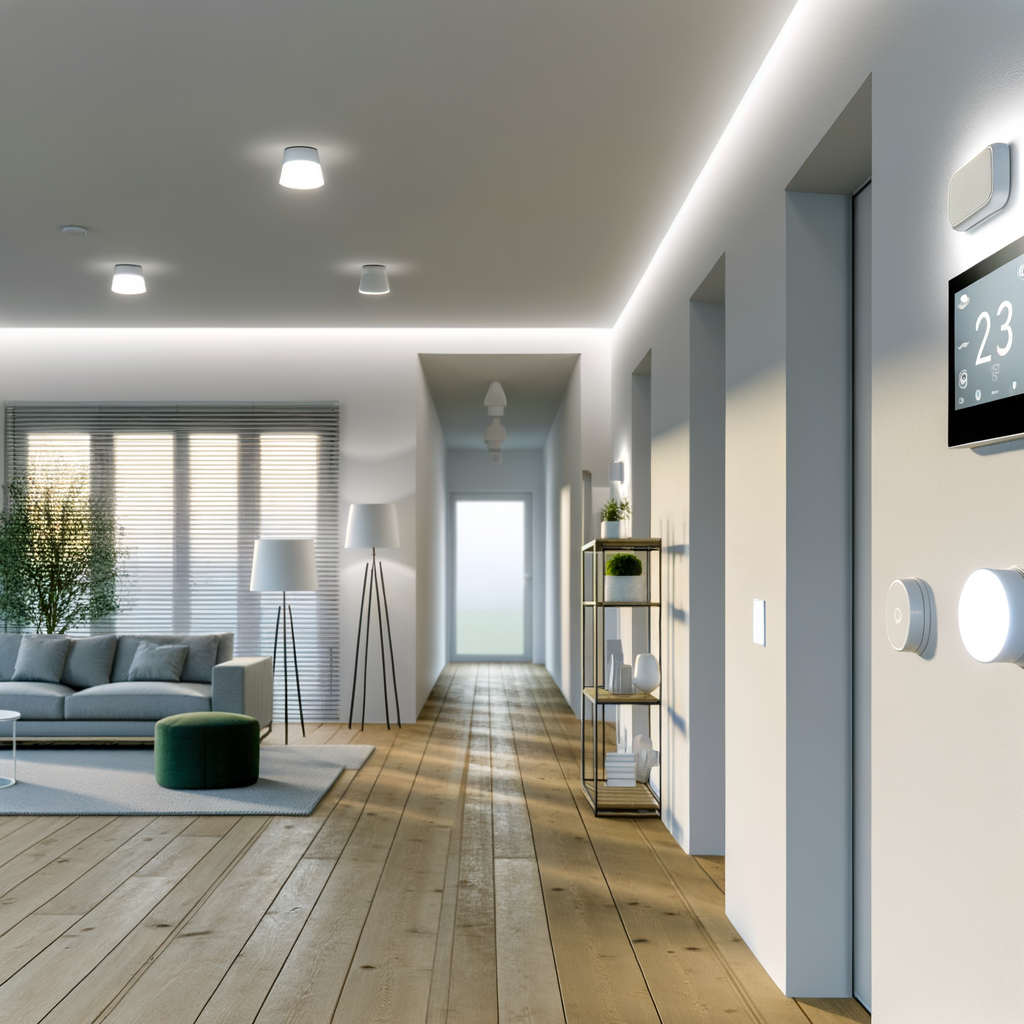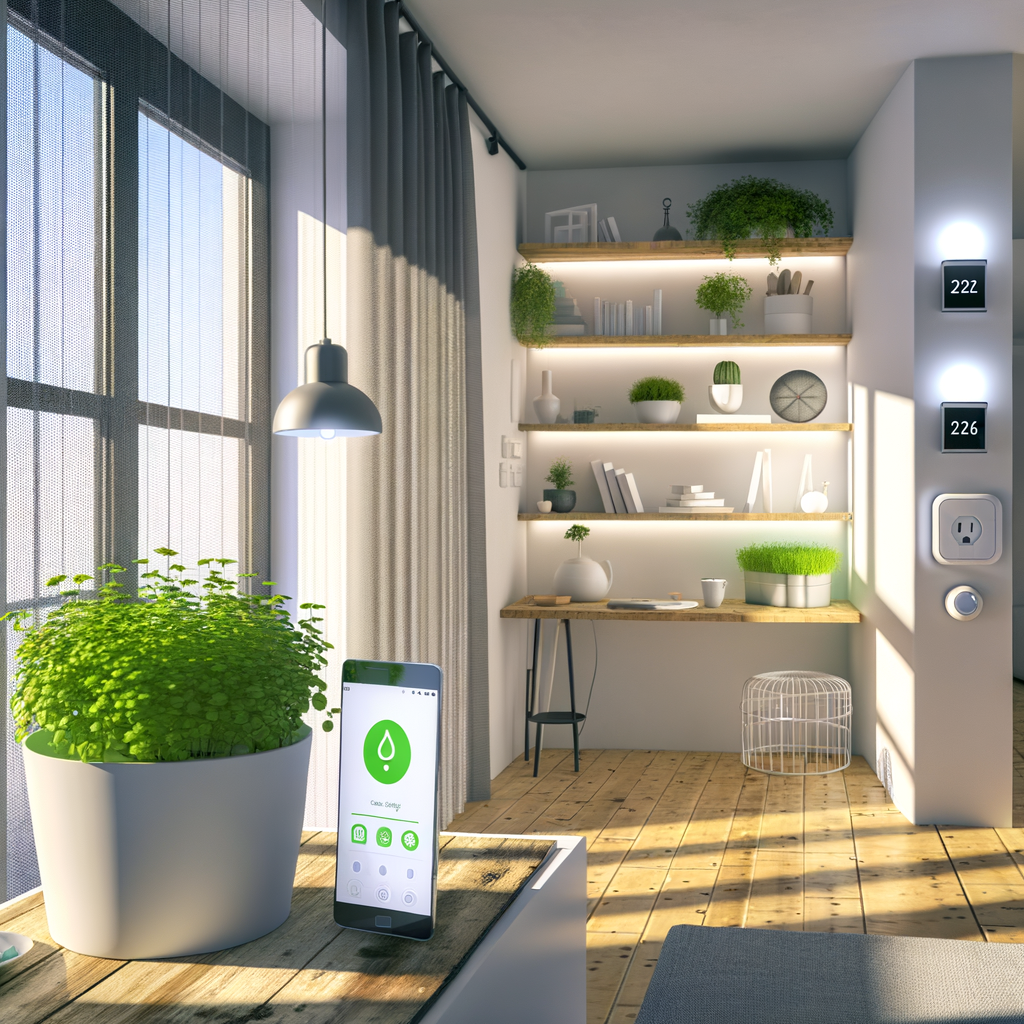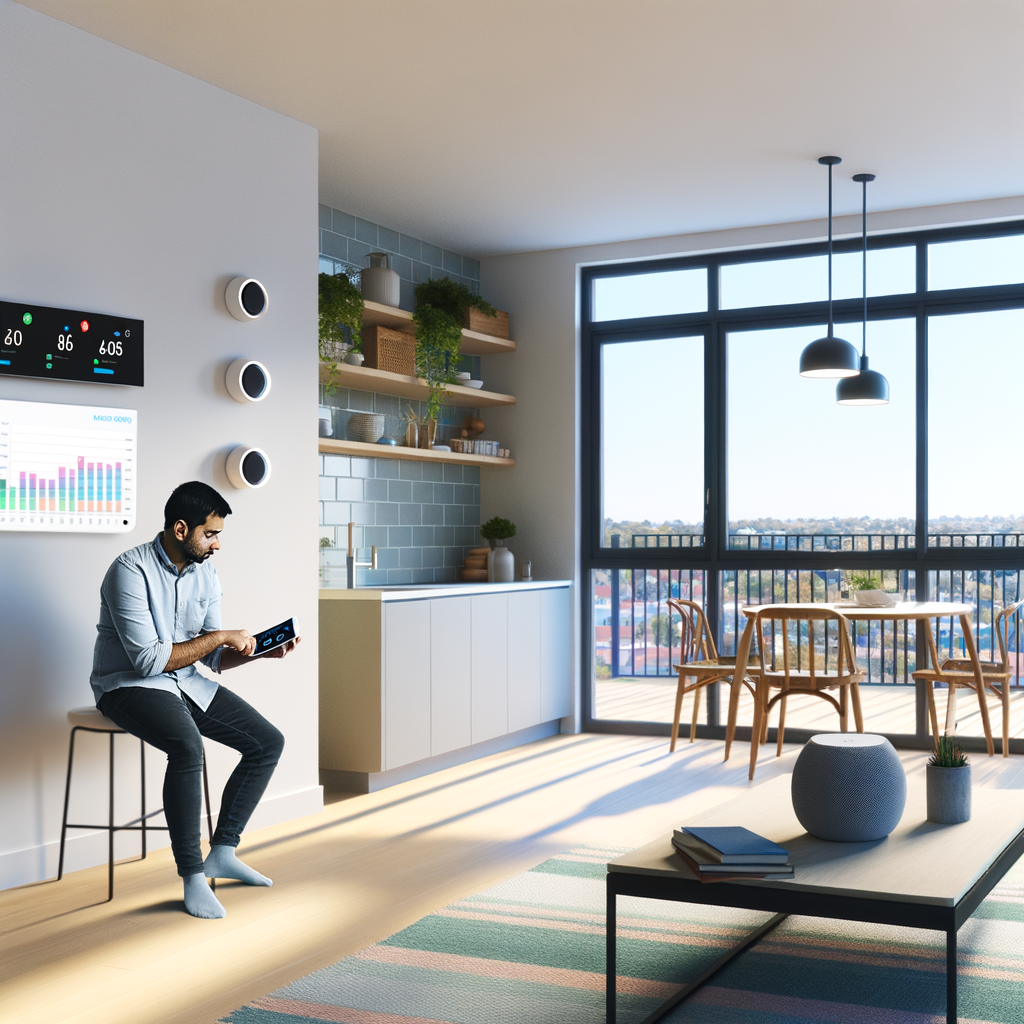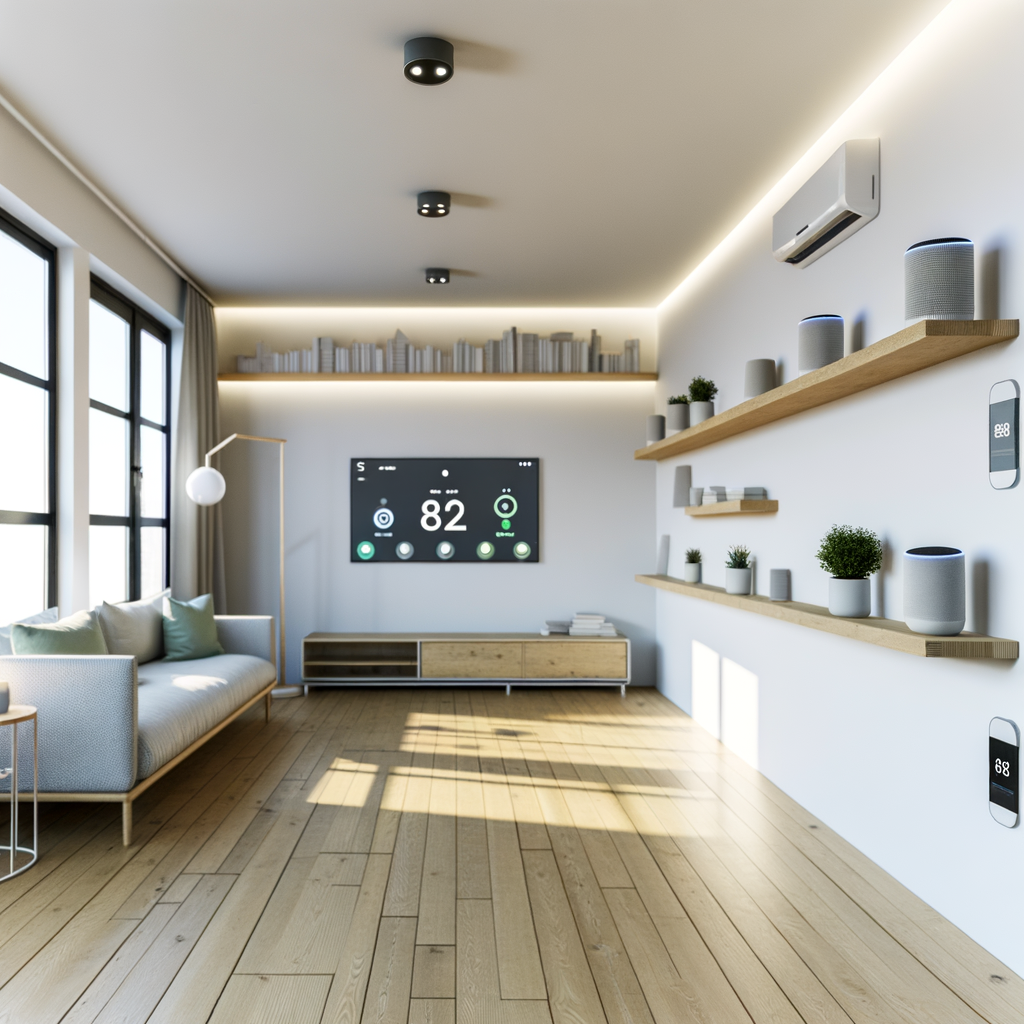How to Turn Any Rental Into a Smart, Energy-Efficient Haven—No Renovations Required
Living in a rental property often means working within certain limitations—no wall demolitions, no solar panels on the roof, and certainly no rewiring the building’s infrastructure. But that doesn’t mean renters can’t enjoy the perks of a high-tech, energy-efficient home. Whether you rent an apartment, townhouse, or single-family home, it’s possible to create a smarter, greener living space without violating your lease or investing in permanent modifications.
This guide will walk you through practical, innovative, and fully reversible steps to upgrade your rental. From smart gadgets to energy-saving hacks and eco-friendly routines, here’s everything you need to turn your rented space into a smart, energy-efficient haven.
Why Go Smart and Energy-Efficient?
Before diving into the how-tos, let’s briefly cover the benefits of making your rental smarter and more energy-efficient:
- Lower utility bills: Use tech to reduce electricity, heating, and cooling costs.
- Comfort and convenience: Automate lights, temperature, and more for tailored comfort.
- Eco impact: Decrease your carbon footprint and conserve resources.
- Resale and rental appeal: Portable devices can move with you to future homes.
Smart Upgrades: Plug-and-Play Solutions for Renters
You don’t have to be a tech wizard to start. Many smart home devices are easy to install, require no hardwiring, and can be removed when you move out. These options make ideal upgrades for renters seeking intelligence and efficiency.
Smart Plugs and Power Strips
What they do: Turn ordinary appliances into smart devices by remotely controlling the power.
- Use a phone app, voice assistant, or preset schedules to cut off phantom energy use.
- Perfect for lamps, fans, coffee makers, and electronics clusters.
- Set automatic “off” times for non-essential devices at night or when you’re away.
Setup: Just plug device into the wall, connect it to WiFi, and follow app instructions.
Smart Light Bulbs
What they do: Replace traditional bulbs with WiFi- or Bluetooth-enabled ones.
- Dim, brighten, or change color temperature with your phone or smart speaker.
- Set occupancy schedules or use motion detection to save power.
- No wiring—simply screw them into any standard socket.
Tip: Start with high-use areas like the living room, hallway, or bedside lamps.
Smart Thermostats (Portable Options)
What they do: Control heating and cooling schedules, even if your rental HVAC system is basic.
- Plug-in smart thermostats (for portable A/Cs or heaters) can be used without tampering with property wiring.
- Window and portable A/C units now have compatible smart adapters.
- App-based controls ensure you never cool or heat an empty house.
Permission check: If your landlord agrees, consider a “no-drill” installation and keep the old thermostat for move-out day.
Smart Window Shades or Curtain Controllers
What they do: Automate open/close times to manage sunlight and insulation without manual effort.
- Battery-operated retrofits snap on or attach to existing curtain rods/blinds.
- Schedule to open for sunlight in winter (for free heat) and close during summer days (for cooling).
Brands like SwitchBot and Soma offer renter-friendly solutions.
Leak, Smoke, and CO2 Smart Sensors
What they do: Alert you (via smartphone) to water leaks, smoke, or CO2 buildup—without wiring into the rental.
- Battery-operated and portable, deliver peace of mind and can detect hidden leaks early.
- Some models offer integration with voice assistants or automation routines, e.g., turning off connected devices.
Energy Efficiency Tips Without Making Holes or Permanent Changes
Hardware isn’t the only path to efficiency. Some of the most powerful methods for renters involve clever but simple changes to everyday routines and minor, easily reversible additions.
Seal Drafts—With Temporary Solutions
- Draft stoppers: Place at door bottoms and window sills to keep warm or cool air inside.
- Removable weatherstripping: Foam or silicone tape easily peels off when you move out.
- Thermal curtains: Hang on rods—no drilling required—to block heat loss in winter and sun in summer.
Bonus: These upgrades often mean less reliance on heating/cooling appliances.
Maximize Natural Light
- Keep windows clean and use light-colored curtains to encourage daylight and reduce daytime lighting needs.
- Open blinds/curtains in the day (and close them at night) to cycle between passive solar gain and insulation.
Optimize Appliance Use
- Unplug electronics not in use, or use a smart plug to cut phantom loads.
- Run full loads in the dishwasher and laundry—not half loads—to maximize every cycle.
- Air-dry clothes versus using the dryer: over-the-door racks or balcony drying saves both space and energy.
Light Bulb Upgrade—LED All the Way
- Switch incandescent and CFL bulbs to high-quality LED lights—they last longer and use up to 80% less energy.
- Store the originals, and replace when you move out if needed.
Low-Flow Fixtures—No Plumber Needed
- Low-flow showerheads and faucet aerators can typically be installed without tools or professional help.
- Reduces water consumption and hot water energy costs.
- Swap your upgrades out and take them with you when you move.
Eco-Friendly Living Habits (That Cost Nothing)
It’s not all about tech and gear. Some of the greenest changes stem from daily habits that require no investment at all.
- Set your thermostat a degree lower in winter and higher in summer: Each degree can save up to 3% on energy bills.
- Use “Eco” modes on appliances like dishwashers and washing machines whenever available.
- Turn off lights when leaving a room—make it a family or roommate challenge with rewards.
- Close doors to unused rooms to better control temperature across occupied spaces.
- Defrost food in the fridge instead of on the counter—keeps the fridge cool with no extra energy.
Smart Home Automation for Renters: Beginner’s Guide
Automation boosts efficiency by making devices work together. Entry-level smart home systems require little more than a smartphone and a set of compatible gadgets.
Start With a Hub or Ecosystem
- Amazon Alexa, Google Home, or Apple HomeKit—select one to coordinate devices across platforms.
- Most smart plugs, bulbs, and sensors support all three (check compatibility before purchasing).
Build Automation Routines
- Example: “Turn off all lights and lower the thermostat when you leave”—set this as part of a morning voice command.
- Set up “Scenes” for movie time, bedtime, or when you leave the house.
- Use geofencing so lights/appliances power down when your phone leaves the building.
Expand Gradually
- Start with one device (like a smart plug or bulb) and expand after you’re comfortable with the basics.
- Look for sales




